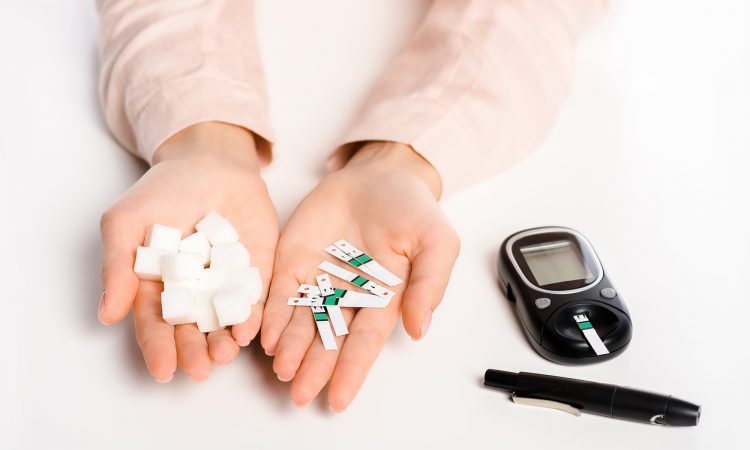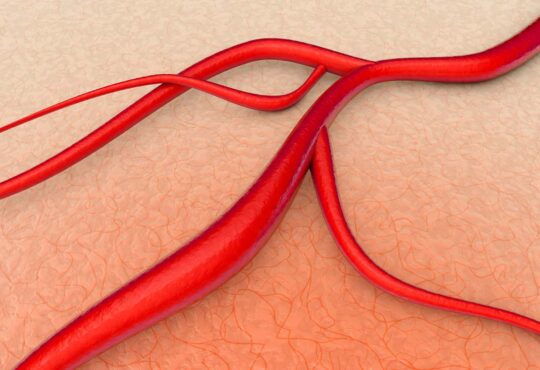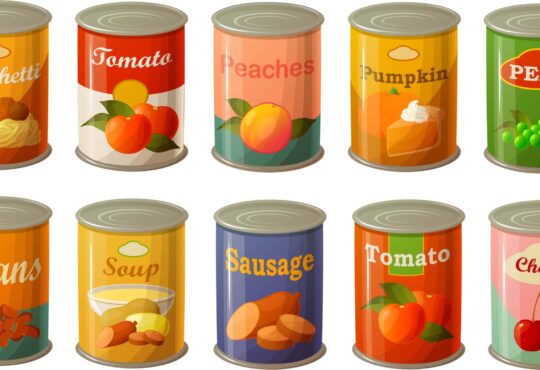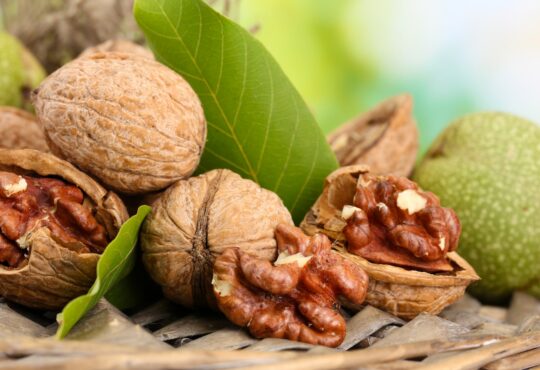
Because cancer cells grab as much glucose for themselves as they can, a glucose shortage occurs in the rest of your body.
That often means cancer patients develop sugar cravings. Because cancer is stealing glucose from normal cells they become hungry.
And, because healthy cells are robbed of glucose to burn for energy, cancer patients often feel constantly weak and tired.
In the later stages of cancer, the patient wastes away from lack of nutrition because all the food they eat is supporting cancer, not them.
That’s known as cachexia, and it causes many cancer deaths.
It’s also why eating refined sugar promotes the growth of cancer cells in your body.
We evolved sweet tooths so we would eat fruit only when it was ripe.
Not so we would strip the fiber, antioxidants, phytochemicals, and other nutrients out of the fruit and add refined sugar to EVERYTHING.
When our blood is high in glucose, feeds any cancer cells growing within you.
It also signals your pancreas to produce more insulin, which cancer cells also feed on.
Keeping blood sugar levels low is essential for long-term good health. It affects not only cancer but diabetes.
One way to help prevent spikes of blood glucose is to eat one or two tablespoons of vinegar with your meal.
Glucose tolerance chromium (GTC) is a supplement that might also help.
Eating foods rich in antioxidants also helps lower your blood glucose.
Eating garlic and healthy fats such as olive oil have a similar result. This helps to explain why the Mediterranean diet is so healthy.
Proof is in the PET Scans Used to Diagnose, Not Treat Cancer
Machines using “positron emission tomography” (PET) are one of the best traditional ways to diagnose cancer because of how cancer cells gobble up so much glucose.
PET scans are used in every cancer center around the world. Oncologists use them to detect and diagnose cancer. Oncologists use cancer’s metabolism to diagnose it. Unfortunately, they do not use it to treat cancer.
CT scans can find cancer spots, but they can’t tell whether the cancer is dead or alive.
PET scans work because of cancer’s huge appetite for sugar.
After a cancer patient fasts for 6 hours, they’re injected with fluorodeoxyglucose (FDG). That’s a substance that’s a lot like glucose, but a radioactive isotope of fluorine replaces an oxygen atom. However, it’s close enough to glucose for cancer to try to gobble it up.
The patient will lie still for an hour. During that time, the FDG spreads through the body. Because it’s like glucose, any active tumors greedily scarf up the FDG.
During the actual scan, the fluorine interacts with the emission of positrons. When the FDG is concentrated in one place, that makes a clear, bright picture.
This driving hunger for glucose is a major weakness of cancer.
That’s because robbing it of glucose weakens cancer.







